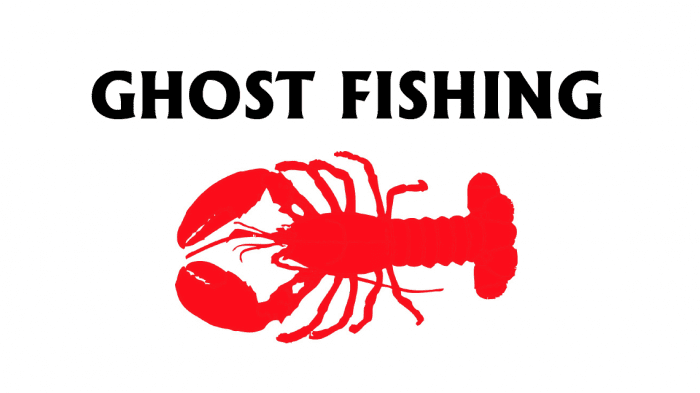Ghost fishing is haunting Long Island Sound
By Aidan Johnson
In the depths of the Long Island Sound, stationed among the crustaceans and fish, lie hundreds of thousands of lobster traps.
These traps, a shadow of a once-vibrant lobster industry, have been abandoned for decades. Yet still active, they perpetuate a dangerous trend for marine life: ghost fishing.
Ghost fishing isn’t a supernatural phenomenon. It is a problem created by humans. It is the result of fishermen abandoning old but sometimes still functioning lobster pots and similar fishing gear in the Long Island Sound. While there are few lobsters left, those that remain can still be trapped, along with other sea life. With no way to escape, they end up dying a needless death.
The problems don’t end there, as Suffolk County Legislator Sarah Anker (D-Mount Sinai) explained. “People are like, ‘It’s fine, no one sees it,’” she said. “But that’s not true because a lot of these lobster pots are starting to break down. They’re partly plastic, and the plastic is polluting the water.”
The solution, the county legislator insisted, is to remove the ghost gear as soon as possible. New York state law, however, prohibits the removal.
“No person other than the licensee shall set out, tend, haul or unduly disturb, or take or remove lobsters from, a lobster pot or trap or other commercial gear, or damage, take, remove or possess such gear,” New York’s Environmental Conservation Law states.
While there have been efforts to remove the equipment, the near million derelict traps still there continue to take a toll on sea life. “My vision is to have a massive flotilla … go out to Long Island Sound, remove hundreds of thousands of lobster pots and ghost gear,” Anker said.
The problem gets worse with the realization that some of the fishermen aren’t around anymore, Anker added. “Maybe they’ve left the area, they’ve passed away, they’re no longer fishing in the area. There’s all kinds of reasons and it’s really a detriment to our local nautical community.”
To address these concerns, Anker is working with New York State Assemblyman Fred Thiele Jr. (D-Sag Harbor) to draft legislation that could allow the state to remove the ghost gear after a designated period of time.
Organizations such as the Cornell Cooperative Extension of Suffolk County have joined the efforts to remove as many ghost traps as the law currently permits. “What happens is they pay the fishermen about $850 to charter their boat for the fishermen to go and then retrieve these pots,” Anker said.
According to a CCE statement made in March, 19,000 traps have been recovered from the Long Island Sound under this initiative. The traps are then recycled or returned to their owners, and burnable debris from them is converted into renewable energy.
Cooperation of the fishermen has helped the process. “These are local fishermen, and they want to do more,” Anker said. “They’re out there trying to make a living doing what they can.”
She added, “We have one of the largest seafood industries in the country and we have to keep our water clean.”
Anker is also working on a separate $2 million project funded by the National Oceanic and Atmospheric Administration that is focused on cleaning up the Sound and removing marine debris.
While there still may be many lengths to go before the Long Island Sound is free from ghost gear, with the help of lawmakers, organizations, and fishermen, the Sound floor could soon be friendly to all sea life, Anker hopes.







